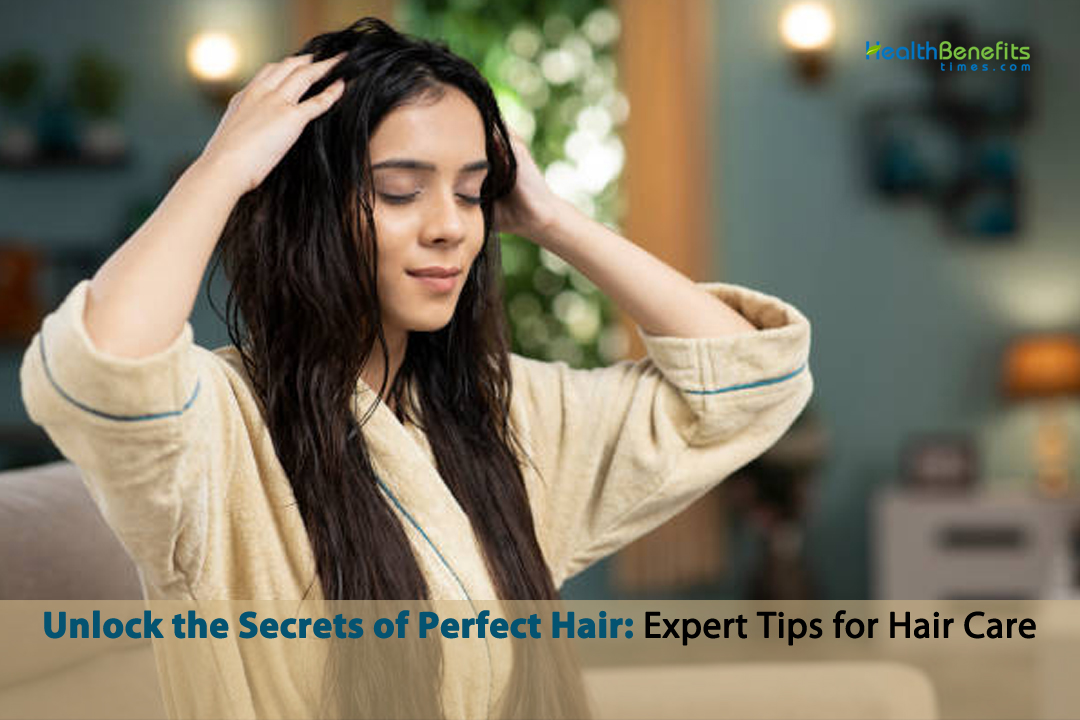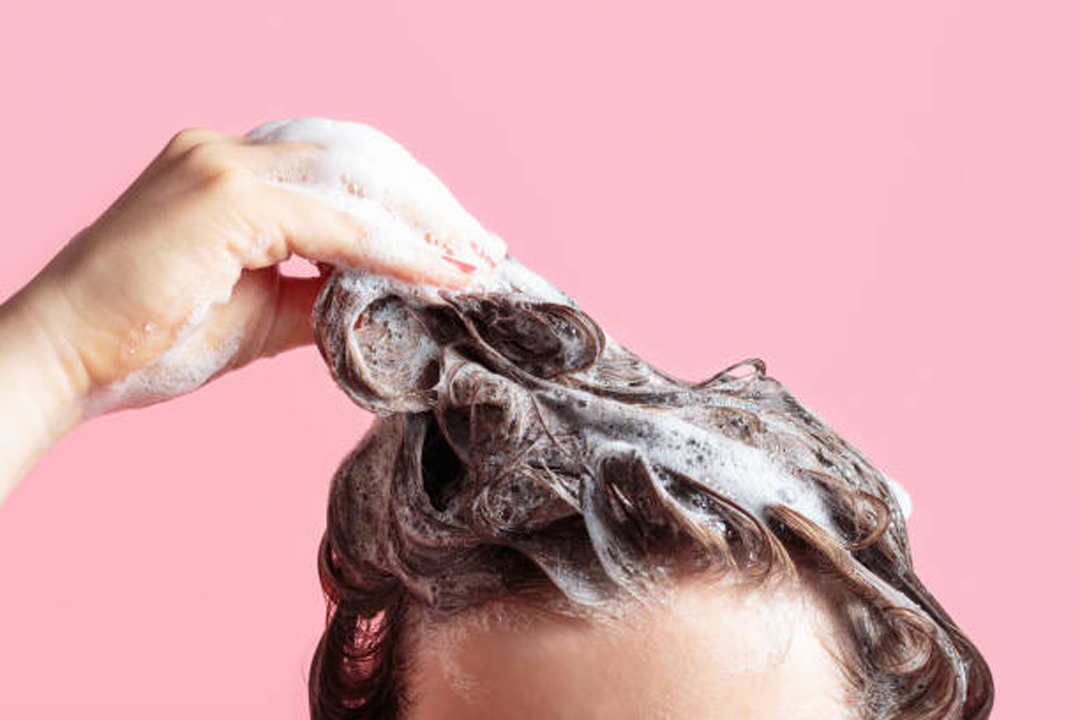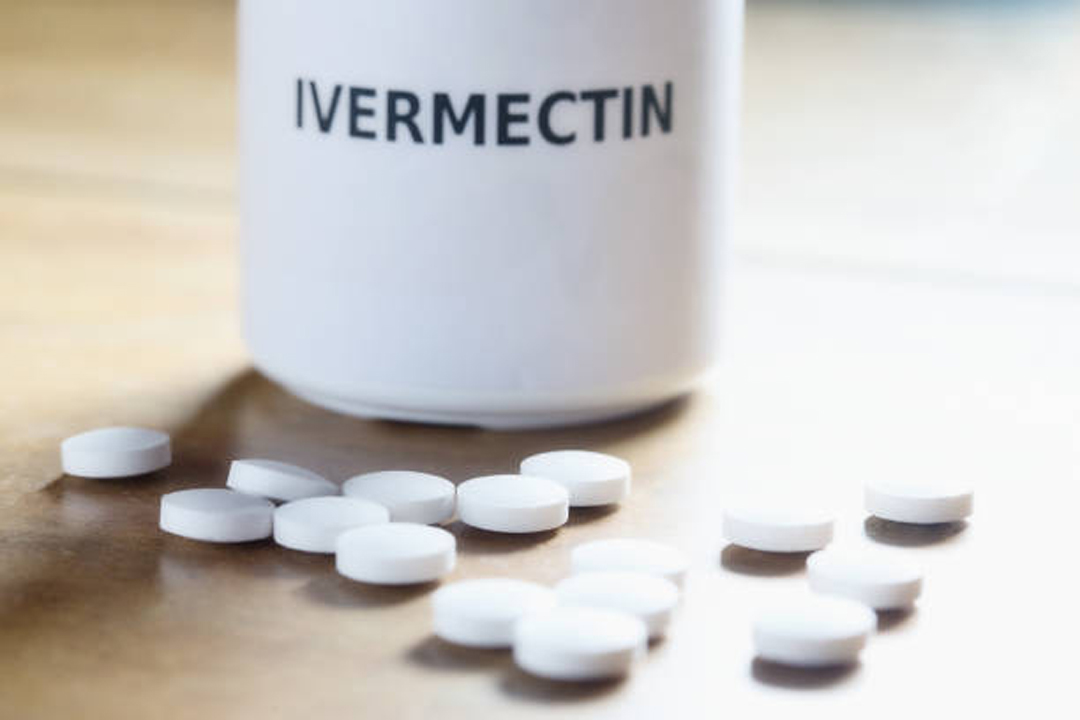
To avoid damaging your hair, it’s best to brush it gently and not too often. Using natural plant dyes like henna or chamomile can be a healthier option than commercial hair dyes, which have been linked to a slight increase in cancer risk. For excessively greasy hair, a leave-in herbal conditioner made with stinging nettle, chamomile, rosemary, fruit vinegar, and water can help regulate the scalp. Coal tar shampoos, salicylic acid, and tea tree oil can be effective in treating hard-to-treat dandruff caused by Malassezia globosa.
Flaxseed oil can help reduce scalp irritation and inflammation, and taking zinc and iron can promote healthy hair growth. It’s essential to speak with a doctor before taking any vitamins or supplements, especially if taking prescription medication. By taking care of your hair with natural remedies and proper nutrition, you can promote healthy hair growth and maintain strong, shiny locks.
Avoid brushing your hair
Even though brushing your hair can be an important part of how you style it, you should be careful about how much and how hard you do it. The old saying “a hundred strokes before bedtime” can actually be bad for your hair. Too much brushing can pull out hair that isn’t ready to fall out, break healthy hairs, and even scratch the skin. So you don’t damage your hair, it’s best to only brush your hair gently to style it and not to stimulate the head. So, if you want your hair to look healthy and bright, don’t brush it too hard and don’t do it too often.
Use Natural dye
If you want to color or lighten your hair but want to avoid the chemicals in commercial hair dyes, try using plant preparations like henna for a deep brown color or chamomile to make your hair blonder. Keep in mind, though, that natural colors can be messy to use and may not always give you the results you want. If you decide to use a commercial hair dye, it’s best to choose a temporary or semi-permanent one, since long-term use of permanent dyes has been linked to a slight rise in the risk of breast and bladder cancer. No matter which dye you choose, you should test it on a small patch of skin before putting it all over your head to make sure you don’t have any bad responses. So, whether you want to use natural or store-bought dyes, there are ways to get the hair color you want while still putting your health and well-being first.
Wash with herbs
Try this leave-in herbal conditioner treatment if you struggle with excessively greasy hair; it may help to lessen the quantity of oily sebum generated by the sebaceous glands in your hair follicles. Mix one teaspoon each of dried stinging nettle leaves, dried chamomile flowers, and dried rosemary leaves in a bowl to create the conditioner. Add a spoonful of fruit vinegar and half a cup (about 100ml) of water, and let the mixture steep for 10 minutes before straining. Apply the liquid to damp hair after washing it, then keep it in for a few minutes without rinsing. This all-natural herbal conditioner can help to calm and regulate your scalp, giving your hair a healthier, more manageable appearance and feel. Give this herbal conditioner a try and take advantage of the advantages of its natural components if you’re looking for a natural solution to combat excessively greasy hair.
Coal tar can help with dandruff

If you have hard-to-treat dandruff, which is often caused by an infection with the yeast-like organism Malassezia globosa, there are a few things you can try to help. Coal tar shampoos can help treat dandruff because the coal tar has natural antifungal qualities. The dead skin cells that build up on the head can also be removed with products that contain salicylic acid. Tea tree oil, which is found in many shampoos, can also be used as an effective antifungal agent. It’s best to switch the type of dandruff shampoo you use every few months so that your body doesn’t get used to just one. You can find the best way to treat your dandruff and keep your skin healthy and free of flakes by trying out different products and ingredients.
Use flaxseed oil for itchy scalp
If you have dandruff or seborrheic eczema, which can cause an itchy skin, flaxseed oil may help. This natural supplement can help reduce irritation and inflammation on the scalp because it has anti-inflammatory qualities. To get the best effects, take a tablespoon of flaxseed oil twice a day with food. Be patient, because it could take up to three months for your problems to get better in a big way. You can also massage the oil right onto your scalp to calm and moisturize the face. By adding flaxseed oil to your hair care routine, you can get rid of scalp itching and make your hair and scalp healthier and more comfortable.
Take advantages of minerals
To keep hair strong and healthy, you need to get the right amount of vitamins like zinc and iron. But if you are already taking prescription medicines, you should talk to your doctor before taking any vitamins. Here are some suggestions for getting these important vitamins in your diet:
- Zinc: This mineral is important for hair growth and keeping hair from getting weak or falling out. Foods like meat, seafood, and dairy items have zinc in them. But if you take zinc tablets, be careful not to take more than the recommended daily dose. Too much zinc can hurt the immune system.
- Iron: Iron is a key part of hemoglobin, the protein in red blood cells that carries oxygen, and is important for keeping hair healthy. In fact, one study showed that 72 percent of women whose hair was getting thinner were iron weak. You can get iron from red meat and leafy green veggies, or you can take it as part of a multivitamin.
By making sure you get enough zinc and iron, you can encourage healthy hair growth and keep your locks strong and full.
Use fragrant oil to kill scalp lice
When treating head lice, it’s best not to use chemicals or to use them as little as possible. Instead, think about using lavender or ylang-ylang essential oils to help deal with the problem. To use these oils, you need to comb them through your hair every day with a fine comb made for this. The oil will make the hair slippery, so neither the eggs (called nits) nor the adult lice will be able to stick to it. It will also kill adult lice because it will block their breathing holes. Wet the hair before you comb it, and be careful with the oils. Stop doing it right away if your hair starts to sting, burn, or itch. You can also use regular hair conditioner to help get rid of head lice. By treating head lice in a more natural way, you can avoid being exposed to chemicals that could be dangerous while still getting good results.
Take a tablet to banish

It can be stressful to deal with head lice that keep coming back, but there is hope. Lice can be treated with a drug called invermectin, and tests have shown that it works well. This drug is taken by mouth and only needs one dose to work, so you don’t have to keep putting nasty chemicals on your skin. But it’s important to know that you can only get invermectin if your doctor writes you a prescription. If you or someone in your family is having trouble with head lice, you may want to talk to your doctor about this treatment choice to see if it could work for you. By looking at different ways to treat the problem, you can find the best one for you and your family.
Check your hormone levels
If you start to lose hair or have spots of baldness on your head, it could be a sign that your hormones are out of balance. You should talk to your doctor to find out if you need treatment to get your hormone balance back to normal. A thyroid gland that is too busy or not active enough can cause hair loss or thinning, as can an imbalance of the male and female sex hormones androgens and estrogens. Working with your doctor to figure out if there are any chemical problems at the root of your hair loss and then treating them, you can help stop further hair loss and encourage healthy hair growth.
Apply egg to your tresses
Egg is a traditional but effective way to treat hair that is dry, broken, and lifeless. Make a healthy hair treatment by mixing one whipped egg white with two egg yolks, a teaspoon of honey, a tablespoon of olive oil, and the juice of a lemon. Massage the mixture into your hair and head, then let it sit for a few minutes before washing it out. With regular use, you should be able to tell in a few weeks that your hair is in better shape. By using natural products like egg in your hair care routine, you can keep your hair healthy and shiny without using harsh chemicals.
Cool solution
People who are getting chemotherapy may not lose their hair because of a process called “scalp cooling.” This is done by having the person wear a cap filled with chilled gel or liquid coolant for 30 to 40 minutes before chemotherapy. The cooling effect slows the flow of blood to the head, which reduces the amount of chemotherapy drug that gets to the hair follicles and makes it less likely that they will be damaged. It’s important to keep in mind, though, that scalp cooling might not work for all types and methods of cancer. Your oncologist will be able to tell you if this type of treatment is right for you and your case. By looking into different ways to keep your hair from falling out during chemotherapy, you can take steps to deal with this difficult side effect and feel in charge of your treatment.
Keep your hair
Male pattern baldness, which is often passed down from parent to child, is a common reason why men (and some women) lose their hair as they get older. If you want to encourage renewal, here are some things you can try:
- Use nettles in a massage: Stinging nettle (Urtica dioica) may stop testosterone from being changed into dihydrotestosterone (DHT), which is thought to cause hair loss. There are supplements and shampoos with nettle extract that you can buy at health food shops.
- Use a cream with nasturtium and thyme: Nasturtium has sulfur in it, which may help stop hair loss. Soak 12 cup (55 grams) of dried nasturtium seeds and leaves and 14 cup (55 grams) of dried thyme in 4 cups (1 liter) of vodka for 10 days. Every day, you should strain the lotion and rub it into your hair.
- Topical treatment: Minoxidil is a drug that was first used to treat high blood pressure. It has since been found to help men with male pattern baldness grow back some of the hair they have lost. It can be bought at shops as a solution called Rogaine.
- Finasteride: Finasteride (Propecia) is a drug that is taken by mouth. It is used to treat normal enlargement of the prostate gland, and it helps men with male pattern baldness grow their hair back 80 percent of the time. You’ll need a prescription from your doctor to get this drug, and you may want to check with your health plan to see if the cost is covered.
- Brew some green tea: The antioxidants in green tea may trigger hair follicles and help hair grow faster and stronger. Steep two green tea bags in a cup of boiling water, and then put the warm tea on the head. (but not hot). Let it sit for an hour before you wash it off.
- Eat a variety: Make sure to eat a wide range of fruits and veggies with bright colors. These can add antioxidants to your diet and help your hair grow.
- Use Non- Invasive Treatment: Red light therapy is a non-invasive treatment that uses low-level red light wavelengths to stimulate hair follicles and improve blood circulation in the scalp. By increasing cellular energy production and reducing inflammation, it promotes hair growth and thickness. This red light for hair growth is a natural and promising therapy that offers a potential solution for those seeking to enhance their hair health and combat hair loss.
Remember that no treatment is promised to work, and it’s important to talk to your doctor before starting any new routines to make sure they’re safe and right for you.

